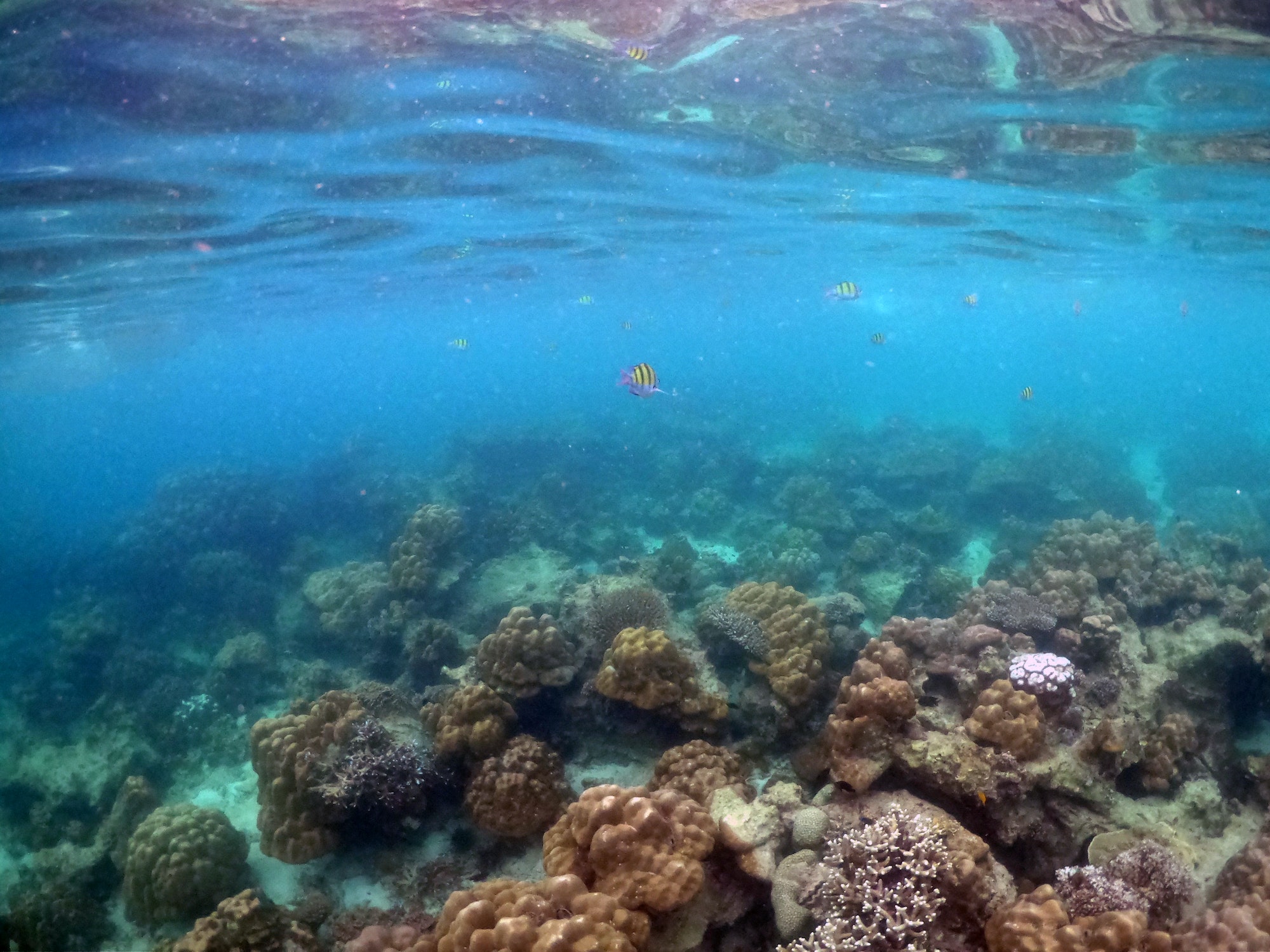Cyanobacteria, commonly known as blue-green algae, are photosynthetic bacteria that have been on Earth for over 3.5 billion years. They have adapted to diverse environments ranging from freshwater to marine habitats, deserts, and even Antarctica. Cyanobacteria are known to produce a wide range of bioactive compounds, including toxins, pigments, and other secondary metabolites. These compounds have potential applications in drug discovery due to their unique chemical structures and biological activities.
Marine algae, which include both macroalgae (seaweeds) and microalgae (single-celled organisms), are another rich source of bioactive compounds. In recent years, there has been a growing interest in the pharmaceutical industry to explore marine algae for the discovery of novel drugs and biotechnology applications.
Drug discovery from cyanobacteria and marine algae involves the isolation and identification of bioactive compounds, followed by the evaluation of their pharmacological activity. The unique chemical diversity of these organisms offers a vast array of potential drug candidates for various therapeutic areas, such as cancer, inflammation, infections, and neurodegenerative disorders.
One example of a cyanobacterial compound with significant therapeutic potential is dolastatin 10. This compound was originally isolated from the marine cyanobacterium Dolabella auricularia and has been shown to possess potent anti-cancer activity. Dolastatin 10 has served as a lead compound for the development of several analogs, some of which have entered clinical trials for the treatment of cancer.
Another promising compound derived from cyanobacteria is cryptophycin, which has demonstrated potent anti-mitotic activity. Cryptophycin selectively binds to tubulin, a protein involved in cell division, leading to cell cycle arrest and apoptosis (cell death). Due to its promising anti-cancer activity, cryptophycin analogs have also entered clinical trials.
Marine macroalgae have long been used in traditional medicine for their anti-inflammatory, anti-microbial, and anti-tumor properties. Several compounds derived from marine macroalgae, such as fucoidan and laminarin, have shown promise in preclinical studies for their potential anti-cancer and anti-inflammatory activities.
Microalgae, on the other hand, are known to produce a wide variety of biologically active compounds, including carotenoids, polyunsaturated fatty acids, and sterols. These compounds have potential applications in the prevention and treatment of chronic diseases, such as cardiovascular disease, cancer, and neurodegenerative disorders.
Astaxanthin, a carotenoid produced by the microalga Haematococcus pluvialis, is a potent antioxidant with potential applications in the prevention of oxidative stress-related diseases. Astaxanthin has been shown to have anti-inflammatory, anti-cancer, and neuroprotective effects in preclinical studies. Moreover, it is currently used as a dietary supplement for its potential health benefits.
The development of efficient cultivation techniques and bioreactor systems has facilitated the large-scale production of cyanobacteria and microalgae biomass. This has opened up new opportunities for the commercialization of these organisms as sustainable sources of bioactive compounds for pharmaceuticals and biotechnology applications.
In conclusion, cyanobacteria and marine algae represent a rich source of bioactive compounds with promising applications in drug discovery and biotechnology. The unique chemical diversity offered by these organisms provides a vast array of potential drug candidates for various therapeutic areas. Continued research in this field is essential to unlock the full potential of these valuable resources for the development of novel drugs and therapies to address unmet medical needs.

